Unraveling the Mystery of Dark Energy in the Universe
Peering into the Shadows: Understanding Dark Energy
In the infinite expanse of the universe, dark energy remains one of the most perplexing and elusive concepts in modern astrophysics. As a subject that captivates my personal interests, particularly in physics and the cosmos, exploring the essence of dark energy provides a fascinating journey beyond the visible, into the forces that shape our universe fundamentally.
What is Dark Energy?
At its core, dark energy is theorized to be a mysterious force that permeates all of space, accelerating the expansion of the universe. Unlike dark matter, which exerts gravitational pull, dark energy appears to do the opposite—pushing the universe to expand at an accelerating rate. This concept is not just a mere speculation but is supported by multiple observations, most notably, the observation of distant supernovae that appear dimmer and therefore further away than they should be if the universe’s expansion was decelerating.
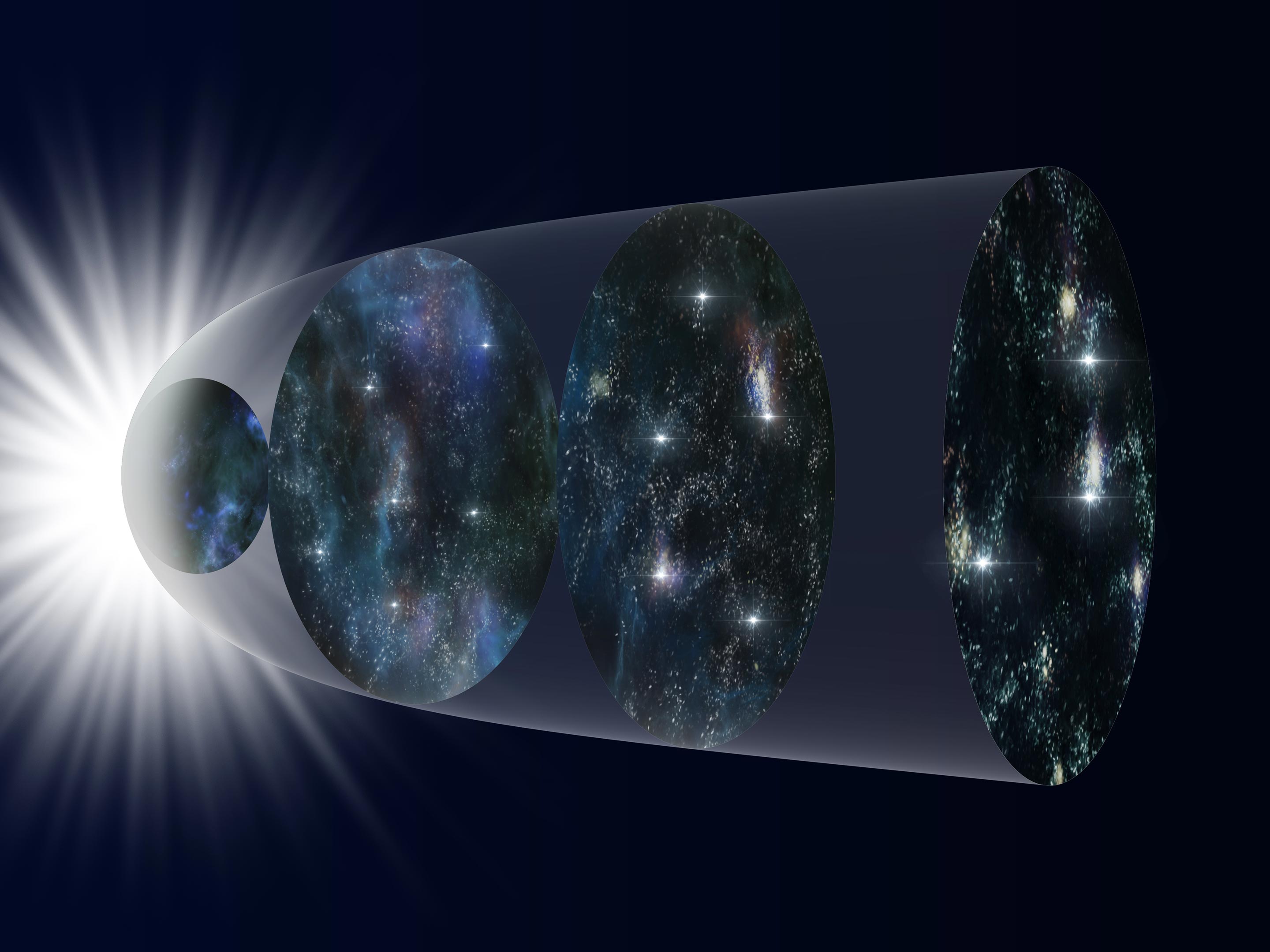
The Discovery of Dark Energy
The concept of dark energy was not always a central part of cosmological theories. Its existence was proposed in the late 20th century when two independent teams of astronomers were studying Type Ia supernovae. They expected to find that the universe’s expansion was slowing down due to gravity. Instead, their findings, published in 1998, showed that the expansion was accelerating, a discovery that pointed to the existence of an unknown energy permeating the vacuum of space.
The Role of Dark Energy in the Universe
Understanding the role of dark energy in the universe is central to cosmology. It is estimated to make up approximately 68% of the universe, a substantial majority over dark matter and ordinary matter. This prevalence means that dark energy is not just a minor actor on the cosmic stage but the dominant force influencing the universe’s expansion. The Lambda Cold Dark Matter (ΛCDM) model, which is the prevailing theory of cosmological evolution, incorporates dark energy as a core component, represented by the cosmological constant, Λ, introduced by Einstein in his theory of general relativity.

Theories and Models
Despite its significant presence, dark energy remains poorly understood, with multiple theories competing to explain its nature. The simplest explanation considers it a property of space itself, a constant energy density filling space homogeneously. This view aligns with the cosmological constant concept. However, other theories propose that dark energy is dynamic, changing over time, linked to fields in space that have varied strengths in different areas, known as “quintessence”. Yet, no single theory has been conclusively proven, and dark energy remains a major frontier in modern physics.
Future Explorations
As we advance in our technological capabilities and expand our methodological approaches, our understanding of dark energy might evolve. Projects like the Dark Energy Survey and the upcoming Euclid mission by the European Space Agency aim to shed more light on this cosmic mystery by mapping the universe and its expansion more precisely than ever before. For enthusiasts like myself, who marvel at the complexities of the cosmos, these missions promise not just answers but also a deeper appreciation for the grandeur of our universe.
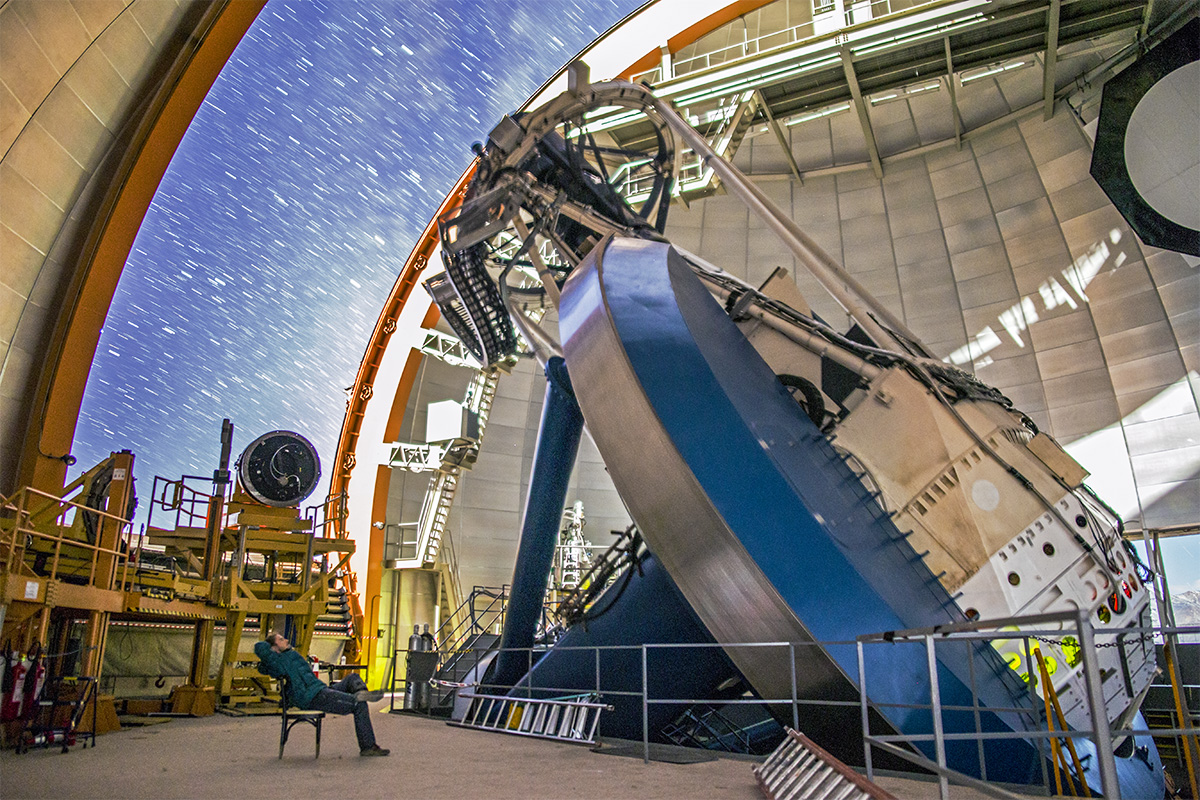
Conclusion
Dark energy challenges our understanding of physics, pushing the boundaries of our knowledge and challenging us to think beyond the seen. It represents one of the most significant mysteries in science today, standing at the crossroads of cosmology, astrophysics, and theoretical physics. For someone with a passion for the intricacies of the universe, such as myself, the quest to understand dark energy is not just a professional endeavor but a personal journey that reflects the broader human pursuit of knowledge.
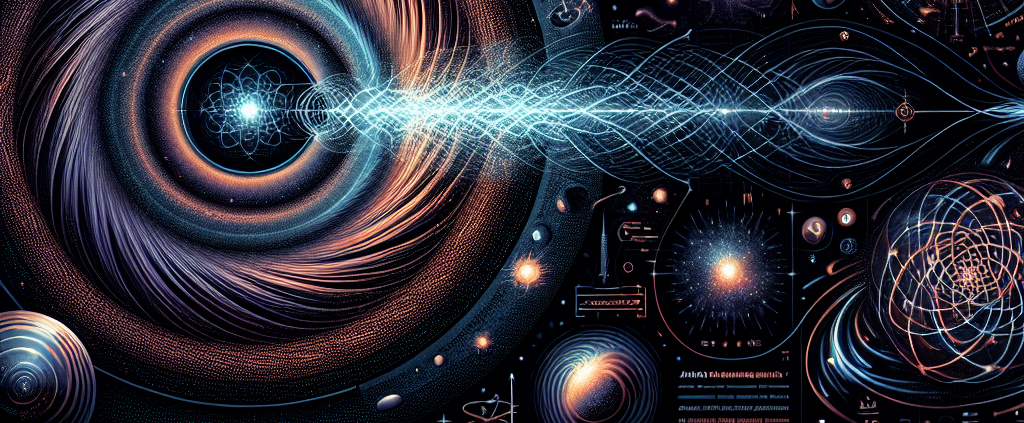
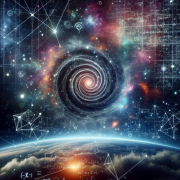

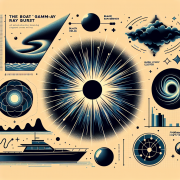
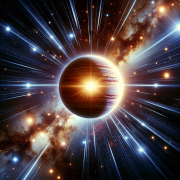
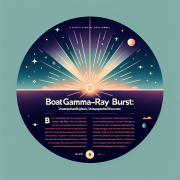
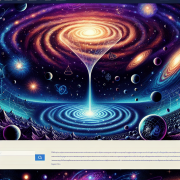


Leave a Reply
Want to join the discussion?Feel free to contribute!